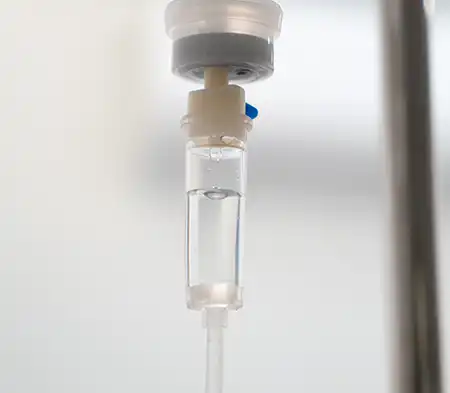Ketamine therapy has been gaining attention as a revolutionary treatment for a variety of mental health conditions, particularly for those who have not found relief through traditional therapies. Originally used as an anesthetic, ketamine is now recognized for its potential to alleviate symptoms of depression, anxiety, PTSD, and chronic pain. But what exactly should you know about ketamine therapy before considering it as a treatment option? Here’s a comprehensive guide.
1. How Ketamine Therapy Works
Ketamine acts on a neurotransmitter called glutamate, which plays a key role in brain function and mood regulation. Unlike traditional antidepressants that target serotonin or dopamine, ketamine works rapidly by enhancing synaptic connections in the brain. This leads to faster relief from symptoms, often within hours or days, as opposed to the weeks it can take for conventional medications to become effective. Its unique mechanism of action makes ketamine therapy an option for people who have not responded to other treatments, giving new hope to those with treatment-resistant depression.
2. Conditions Treated with Ketamine Therapy
While ketamine is most commonly associated with treating depression, research has shown that it can be beneficial for a range of mental health conditions. These include:
- Treatment-Resistant Depression (TRD): For individuals who haven’t found relief through traditional antidepressants, ketamine has shown remarkable promise in lifting the heavy fog of depression.
- Anxiety and PTSD: Many patients with anxiety and post-traumatic stress disorder have found relief through ketamine therapy, which helps by decreasing the hyperactivity in the brain’s fear circuits.
- Chronic Pain: Ketamine therapy is also used for managing chronic pain, especially in conditions such as fibromyalgia or complex regional pain syndrome (CRPS), where other treatments may have failed.
3. What to Expect During a Ketamine Session
Ketamine therapy is typically administered through an intravenous (IV) infusion in a controlled medical setting. The session usually lasts about 45 minutes to an hour for mental health therapy and 4 hours for patients looking for pain relief. Patients often experience dissociative effects, where they feel detached from their body or reality, but these sensations typically subside shortly after the session ends. It’s important to note that while ketamine is a powerful treatment, it must be administered under medical supervision to ensure safety and proper dosage.
4. Side Effects and Risks
As with any treatment, there are potential side effects to consider. Some people may experience nausea, dizziness, or elevated blood pressure during or after the infusion. The dissociative effects can also be disorienting, though they are usually short-lived. There is also some concern about the potential for ketamine dependence if not administered responsibly. However, when used under the guidance of trained medical professionals, the risks are minimized, and the benefits can far outweigh these concerns.
5. Ketamine vs. Esketamine
It’s worth noting that esketamine, a derivative of ketamine, has been FDA-approved for use in treating depression. Esketamine is administered as a nasal spray in a medical setting and works similarly to ketamine, offering rapid relief for patients. While both treatments are effective, it’s important to consult with your healthcare provider to determine which option may be best for you.
If you’re struggling with treatment-resistant depression, anxiety, PTSD, or chronic pain, ketamine therapy could be the breakthrough you’ve been waiting for. Don’t let your condition control your life—take control of your treatment. Schedule a consultation today to learn if ketamine therapy is the right option for you. Find relief, and rediscover the life you deserve!

